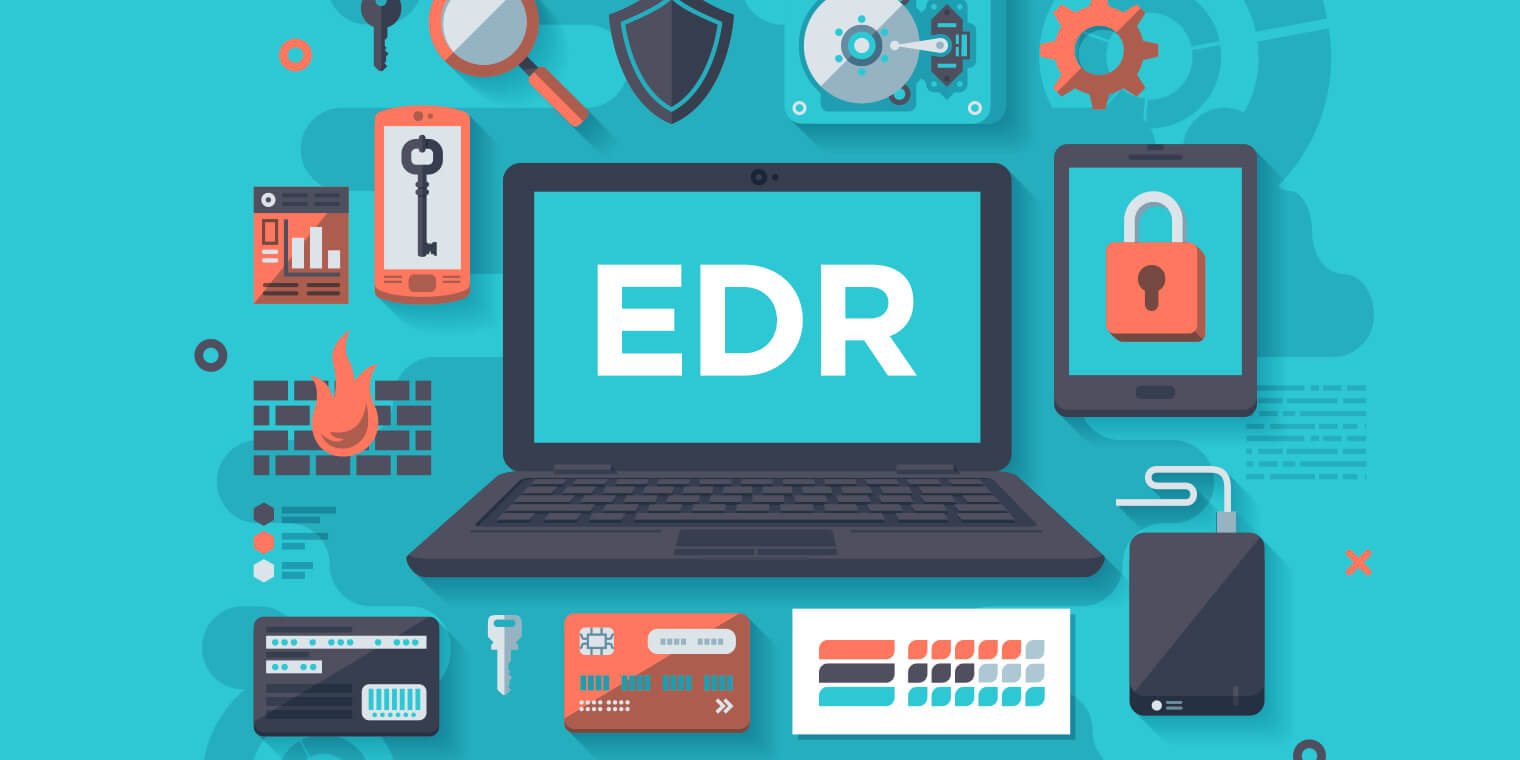Quick Guide: 10 Must-Take Actions After a Data Breach Incident

Quick Guide: 10 Must-Take Actions After a Data Breach Incident
Initial Steps to Deal with Data Leaks
Data breaches pose a serious threat in the digital age, capable of causing significant financial and reputational damage to individuals and companies alike. This article outlines the fundamental steps that must be taken immediately to manage a breach and mitigate its negative impacts.
1. Identify the Source of the Leak
The foremost step is determining the root cause (how the leak occurred and what data was affected). Sources vary widely, including weak internal systems, cyberattacks (like phishing or ransomware), and human error (e.g., accidental sharing of sensitive information).
For effective identification, you must:
- Immediately isolate the infected system to stop further leakage.
- Secure the relevant system activity logs, as these provide crucial clues about the time and method of the incident.
- Utilize digital forensics tools or expert cybersecurity teams to investigate the system.
2. Shut Down Access to Affected Systems
Once the source is known, the next step is to completely halt access to the compromised systems to prevent continued exploitation. Do not rush to restore access until the system is confirmed secure.
Crucial actions include:
- Block suspicious IP addresses involved in the incident.
- Temporarily disable affected servers or systems to allow for uninterrupted analysis and repair.
- Reset all user passwords and authentication tokens to invalidate any previously stolen credentials.
These steps are essential for controlling the situation and preventing the breach from escalating.
3. Evaluate the Scale and Impact of the Breach
Evaluating the incident’s scale is key to defining the handling strategy. The team needs to answer these critical questions:
- How much data was leaked? Large volumes significantly increase risk and reputational impact.
- What type of data was leaked? Data falls into risk categories: personal information (affecting privacy), financial data (raising misuse risk), and company secrets (harming the business).
- Who is affected? Identify the impacted groups, such as customers, employees, or business partners.
The evaluation results form the basis for creating an efficient recovery plan, prioritizing actions (e.g., notifications or regulatory reports), and understanding the level of damage sustained.
4. Communicate with Relevant Parties
Transparency is paramount for maintaining trust. The organization must immediately contact affected parties (customers, partners, or regulators) and communicate the following:
- The type of data leaked to provide a clear understanding of the situation.
- Potential risks that may arise (e.g., identity theft or fraud).
- Mitigation actions the company is taking or will take.
Companies should act proactively, for example, by providing customers with practical guides on changing passwords or monitoring accounts. Clear communication minimizes reputational damage.
5. Report the Incident to Authorities
Reporting the data breach to the relevant authorities (such as Kominfo in Indonesia) is a legal obligation if personal or sensitive data is involved. The purpose of reporting is:
- Legal Compliance: Ensuring the organization adheres to regulations and avoids sanctions.
- Support: Gaining access to technical assistance and deeper investigation from law enforcement or cybersecurity agencies.
6. Conduct Security Audits and Repairs
A deep audit of existing security systems is vital to identify the flaw that caused the leak and prevent recurrence. Repair steps include:
- Software Updates: Ensure all systems and internal applications have the latest security patches or updates, as outdated software is often an entry point for hackers.
- Encryption Implementation: Apply encryption to sensitive data, both in storage and in transit, ensuring that even if stolen, the content remains unreadable without the legitimate decryption key.
- Employee Retraining: Conduct data security training focused on recognizing phishing, strong password management, and data sharing policies, as human error is frequently the root cause.
These repairs not only strengthen the system but also demonstrate the company’s commitment to security.
7. Monitor for Suspicious Activity
Post-breach, the company must continuously monitor for suspicious activity that might be carried out by unauthorized parties using the leaked data (e.g., fraud or identity theft). If financial data was leaked, monitoring unusual transactions and issuing warnings to customers is extremely important.
8. Offer Compensation if Necessary
Providing compensation is a form of responsibility aimed at helping customers mitigate losses and preserving trust. Common types of compensation include:
- Free Identity Protection Services: Helping customers monitor suspicious activity related to their identities.
- Discounts or Credits: A form of apology to maintain customer loyalty.
- Financial Reimbursement: Covering direct financial losses sustained by the customer (e.g., stolen funds).
This step can minimize reputational damage and help restore positive relationships with customers.
9. Increase Data Security Awareness
Since human negligence often triggers leaks, the incident should be used as a momentum to heighten data security awareness throughout the organization. Education programs should include:
- Employee Cybersecurity Training: Providing knowledge about malware, hacking, and general threats.
- Anti-Phishing Workshops: Teaching employees how to recognize and avoid suspicious emails or malicious links.
- Internal Campaigns: Using posters, newsletters, and regular communication to remind staff of best practices (e.g., strong passwords and data confidentiality).
This increase in awareness and security culture reduces the risk of future incidents and strengthens overall organizational resilience.
10. Develop a Future Mitigation Plan
An effective mitigation plan must include several key elements:
- Emergency Response Protocol: Establishing step-by-step actions to be taken immediately (from source identification and system isolation to reporting) to minimize impact.
- Incident Response Team Appointment: Forming a specialized team of digital forensics, cybersecurity, and crisis communication professionals. A trained team ensures a quick and organized response.
- Investment in Security Technology: Allocating funds for advanced technology like firewalls, Intrusion Detection Systems (IDS), and real-time security monitoring systems to fortify defense layers.
Importance of Testing: This plan must be tested periodically to ensure all steps run smoothly and efficiently when needed.
The benefits of a robust mitigation plan are reducing the impact of future security incidents, improving long-term security, and strengthening the trust of customers and stakeholders.
General Conclusion
Overall, data breaches are a serious threat that damages trust and reputation. Effective handling requires a structured approach:
- Identify the Source and Shut Down Access to affected systems.
- Carefully Evaluate the Scale and Impact of the incident.
- Transparent Communication to customers and Reporting to authorities.
- Conduct Security Audits, Repairs, and provide Compensation if necessary.
- Increase Data Security Awareness through training.
Ultimately, an organization’s readiness is measured by the Mitigation Plan it develops, tests, and implements. This proactive approach is key to building better system resilience, reducing risk, and maintaining customer trust in the digital age.
Source :
https://csirt.kemenkeu.go.id/in/post/panduan-penanganan-insiden-ransomware
https://www.ftc.gov/business-guidance/resources/data-breach-response-guide-business
https://digitalsolusigrup.co.id/cara-mengatasi-kebocoran-data/
Need Any Technology Solution






